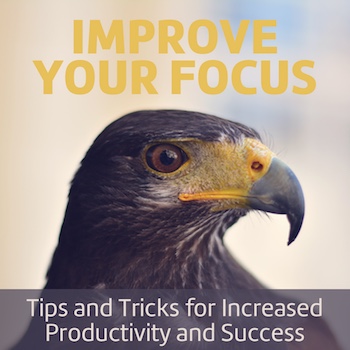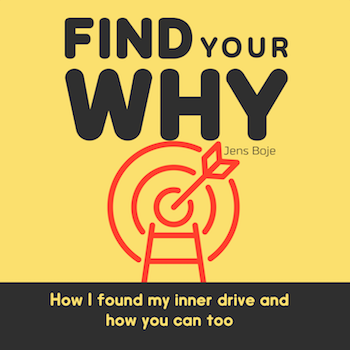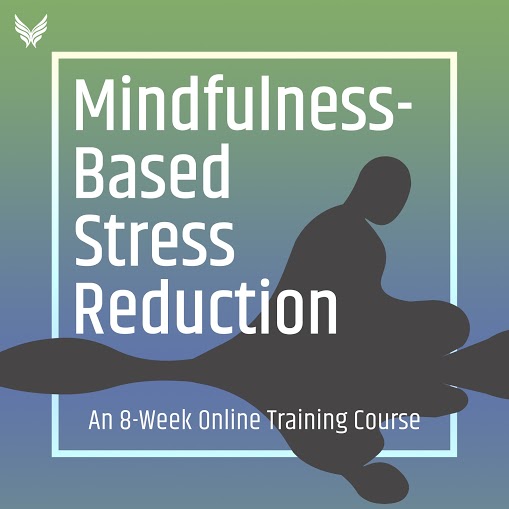Try Our Breathing Exercise Timer
How Mindful Breathing Helps You Controlling Your Thoughts
One who has control over his prana will have control over own mind!
– Swami Vivekananda
“Just sit back and breathe!” This is one of the most common stress management advice given to us. While it is a cliché, it is definitely not untrue. Breathe, fortunately, is body function which can simultaneously be classified as voluntary and involuntary. And, most of them time, we breathe involuntarily as we take this action for granted.
Most of us indulge in shallow breathing. Shallow breathing restricts the motion of our diaphragm, thus preventing our lungs from getting its ideal share of oxygen-rich air. And when we do not get enough oxygen, our brain receives a ‘danger’ signal, alerting our Guardian Puppy, which is responsible for the anxious state of our body and mind.
On the other hand, deep breathing encourages complete abdominal and chest expansion, allowing the flow of oxygen-filled air into the lungs. This stimulates circulation, slows down the rate of heart beat, and brings down blood pressure, in turn keeping your calm and relaxed.
There are countless studies that support the benefits of deep breathing. According to the Harvard researcher Herbert Benson, breathing “does away with the whole mind-body separation. Here you can use the mind to change the body.”
When you own your breath, nobody can steal your peace. “When the breath wanders the mind also is unsteady. But when the breath is calmed the mind too will be still, and the yogi achieves long life. Therefore, one should learn to control the breath,” says the Hatha Yoga Pradipika.
The aforementioned principle has been proven scientifically also. According to this study, the way we breathe varies with our emotions. When the participants were afraid or stressed, the breathing became shallow and quick. On the other hand, when they were happy and relaxed, the breath was slow and deep. The study came out with a revolutionary result. We can change how we feel using our breath! Yet another study suggests that deep breathing could tone our parasympathetic system, enhances cardiovascular and respiratory functions, normalizes sympathetic nervous functions, and enhances our mental and physical health.
Breathing is a simple, yet technique that could help us in restoring the body-mind connection that we lost when our minds went out of control. In simple words, by practicing conscious breathing we will be able to master our thoughts, emotions, and feelings, through which we could restore the innate harmony of our physical and mental selves. Focused breathing will help us slow down by disengaging us from unwanted, distracting thoughts and activities of our mind. There are different types of focused breathing exercises that we can practice to help us with our goal.
Let us take a look at a couple of such breathing exercises here.
Simple Breathing Exercises For Mind Control
1. Belly Breathing
This technique is also known as diaphragmatic breathing and deep breathing. This breathing pattern is called scientifically as Eupnea. It happens when we are in a natural state of relaxation. To be more precise, we indulge in deep breathing when we are assured that we are entirely safe from potential or envisioned threats or dangers. The aim of this breathing technique is to focus on moving your abdomen up and down as you breathe in and out, restraining the movements of your chest. Practice it initially by lying down so that you will be able to learn the basics right.
- Lie down on your back without using any pillow.
- Place your right palm on your chest and left palm on your belly button.
- Close your eyes and relax your body and facial muscles.
- Now take a slow, deep inhalation through your nose for a count of 4. Your abdomen should slowly go up, but there should not be any chest movements.
- Hold the breath for a count of four.
- Slowly exhale for a count of four, relaxing your abdomen, and expelling the entire air.
- Repeat 8 to 10 times or until you feel relaxed.
It is advisable to practice diaphragmatic breathing regularly for three before using it as a stress management technique.
2. Alternate Nostril Breathing
It is a calming breath which has restorative properties. In simple words, you inhale through one nostril and exhale through the other. Try to keep the inhalations and exhalations equal which will aid in establishing a calming rhythm for the brain and heart, assisting people troubled by stress.
- Sit down, spine erect, in a comfortable seated pose of your choice. Rest your hands on your thighs, joining the index and thumb fingertips of respective hands.
- Close your right nostril with the right thumb. Rest the index and middle fingers in the space between your eyebrows. The little finger will be stretched out, while ring finger will be used to close the left nostril.
- Exhale completely through the left nostril.
- Inhale via the left nostril for a count of 5.
- Close the left nostril with your right ring finger.
- Hold the breath for a count of 5.
- Now, open the right nostril and exhale completely for a count of 5.
- Inhale via the right nostril, close it, retain the breath, and exhale via the left nostril, each for a count of 5.
- This completes one round. Practice 5 to 10 rounds.
A study that appeared in the Journal of Clinical& Diagnostic Research suggests that regular practice of Alternate Nostril Breathing for 5 minutes over a period of six weeks could enhance the parasympathetic tone. This, in turn, lowers the rate of our heart beats, calms your body, and enables us to restore the power we have over our mind.
3. The 4-2-4 Breathing Exercise
The 4-2-4 breathing exercise is a simple one to calm down in a few minutes.
- Breathe in for 4 seconds
- Hold for 2 seconds
- Breathe out for 4 seconds
- Repeat for a few minutes
Feel free to use our breathing video for doing the exercise or our free online breathing timer for the 4-2-4 breathing exercise.
Breath is the bridge which connects life to consciousness, which unites your body to your thoughts.
Thich Nhat Hanh
Focused breathing helps us to observe our mind. This, in turn, helps in reviving our body-mind connection, gifting us tranquility and happiness.
“Regulate the breathing, and thereby control the mind, “ said renowned yoga guru B.K.S. Iyengar. So start to focus and regulate your breath so that you can regain the control over your mind.
[htr]
Reference:
Assessment of the Effects of Pranayama/Alternate Nostril Breathing on the Parasympathetic Nervous System in Young Adults, Anant Narayan Sinha, Desh Deepak, and Vimal Singh Gusain
Previous: How a skeptic musician discovered mindfulness, and it changed his life forever - Part Four







